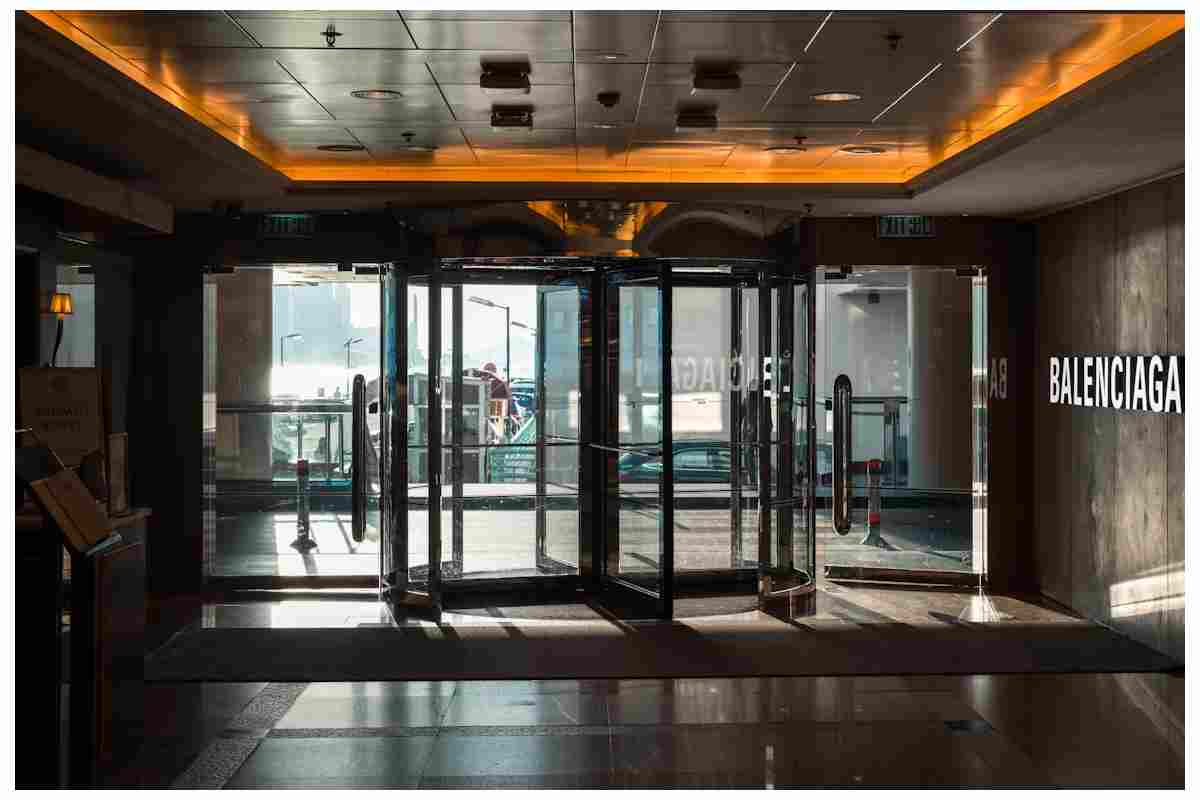
In a commercial setup, the choice of door plays a crucial role. It impacts energy consumption and the overall experience of people entering space. Two commonly chosen types are the sliding and revolving door. Each type has its pros and cons. Let us compare them to help you make a better decision.
Energy Efficiency and Durability
Revolving doors maintain the indoor climate. They are never wide open. So, they trap the warm or cool indoor air inside the building. This lowers heating and cooling costs.
Sliding doors are often opened fully by whoever walks past them. They allow the air to escape. This results in massive energy loss.
Revolving doors limit draughts by the rotating door wings principle. So, the door brush strips seal the edges of every single door leaf. This tight seal helps ensure the indoor and outdoor temperatures remain separate. It is environmentally friendly and results in energy bill savings.
Some people try saving energy with sliding doors by installing two sets of them, back-to-back, at least 4 meters apart. Typically, the two sets of doors are configured so that neither set can open simultaneously. It effectively reduces air loss. However, it is not very comfortable or easy to move around.
People Flow and Occupancy
Sliding doors are ideal for buildings with high traffic. They let a large number of people enter and exit quickly. It is a huge plus when people want to move in two different directions simultaneously.
However, when sliding doors are installed in a two-door lobby format for energy saving, they slow down the flow and force people to wait for the first set to close before the second can open.
While a single sliding door will provide a high throughput, the introduction of a draught lobby will significantly reduce that passage capacity.
Revolving doors have a lower throughput, but they support a more controlled and steady movement of people. Larger revolving doors or multiple smaller ones may help facilitate people flow in busier locations and support climate control.
Space and Placement
Sliding doors are often the chosen alternative when floor space is tight. They slide sideways and do not occupy much space. If energy conservation is of priority and you intend to add the second set for draught lobbies, then more space is lost in the process.
Theoretically speaking, revolving doors can save more space than a full sliding door lobby, as they can be situated on the inside, outside, or flush with the building façade. Their compact, circular footprint allows for great flexibility.
Security and Theft Protection
With revolving doors, the speed at which people are allowed to enter or exit the building may be restricted, making it more difficult for anyone to exit carrying stolen goods. The entire structure is divided into panels, which also discourage carrying large items out of the door.
Conversely, sliding doors open fully, allowing instantaneous unrestricted movement, which may favor theft in the absence of an adequate security system.
Aesthetic Choices
Revolving doors have a more dramatic visual appeal. They are relatively expensive. Contrarily, sliding doors are considered simpler.
Options for Access
Both sliding and revolving doors can be made accessible to people with disabilities. Push buttons, audio cues, and Braille markings help improve accessibility.
Revolving doors must be at least 3400mm in diameter with three wings to be wheelchair accessible. Some models have panels that can collapse upon pressing a button, allowing for wider opening for use.
Remember that accessibility extends beyond desk-bound individuals to include the elderly and those with vision and hearing impairments. So, regardless of one’s physical limitations, supplement setup with features that can identify all entrances and exits for safe and comfortable use.
Final Thoughts
If energy performance, climate control, and image creation are of utmost concern, revolving doors have the advantage. However, sliding doors are the quickest and most direct solution for buildings with large numbers of occupants and limited space.